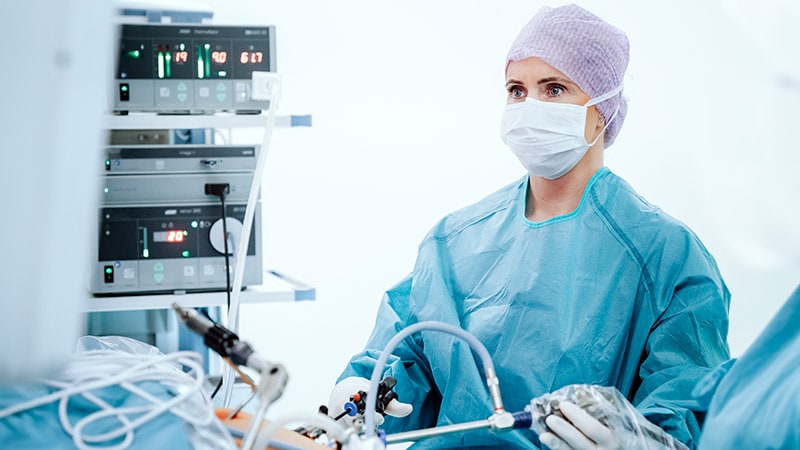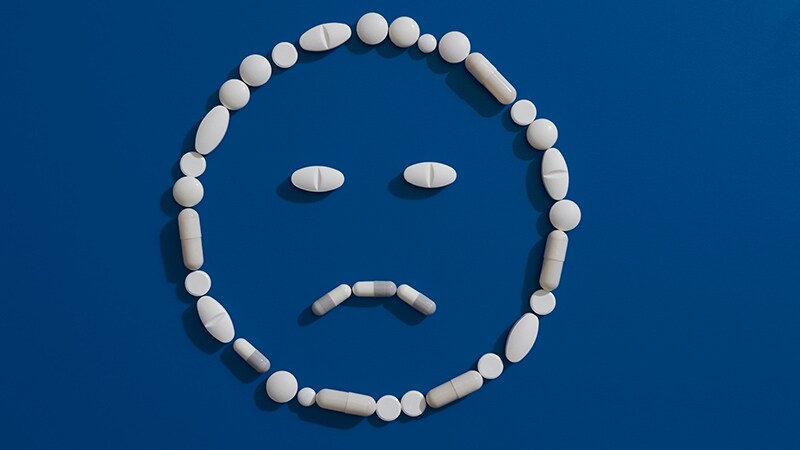Takeaway
- Results from a network meta-analysis showed that repaglinide and metformin would be the most efficacious oral drugs for first-line monotherapy of type 2 diabetes mellitus (T2DM).
- Meglitinides and biguanides seemed to be the most efficacious drug classes.
Why this matters
- Current clinical guidelines recommend metformin as the first-line glucose-lowering drug.
- However, evidence is uncertain because of insufficient studies and methodological shortcomings of studies.
Study design
- Network meta-analysis of 75 randomised controlled trials involving 33,830 patients with T2DM.
- Patients were assigned to dapagliflozin (4.87%), gliclazide (0.73%), glimepiride (2.29%), glipizide (0.80%), glyburide (1.36%), metformin (8.77%), nateglinide (2.16%), placebo (38.50%), repaglinide (3.76%), saxagliptin (2.18%), sitagliptin (30.20%) and vildagliptin (4.40%).
- Funding: University of Macau.
Key results
- Compared to placebo, most efficacious drugs for HbA1c reduction were repaglinide (mean differences [MD], 1.39; 95% CI, 1.75-1.03), gliclazide (MD, 1.37; 95% CI, 2.04-0.71) and metformin (MD, 1.13; 95% CI, 1.37-0.90).
- Regarding fasting plasma glucose, top 3 antidiabetic drugs against placebo were repaglinide (MD, 2.01; 95% CI, 2.75-0.97), metformin (MD, 1.72; 95% CI, 2.16-1.27) and glipizide (MD, 1.57; 95% CI, 2.44-0.64).
- Most efficacious classes were:
- meglitinides (MD, −1.08; 95% CI, −1.38 to −0.78]), biguanides (MD, −1.04; 95% CI, −1.27 to −0.81) on HbA1c,
- meglitinides (MD, −1.58; 95% CI, −2.09 to −1.06) and biguanides (MD, −1.60; 95% CI, −2.00 to −1.19) on fasting plasma glucose.
Limitations
- Cases of drug switching not included.
References
References



